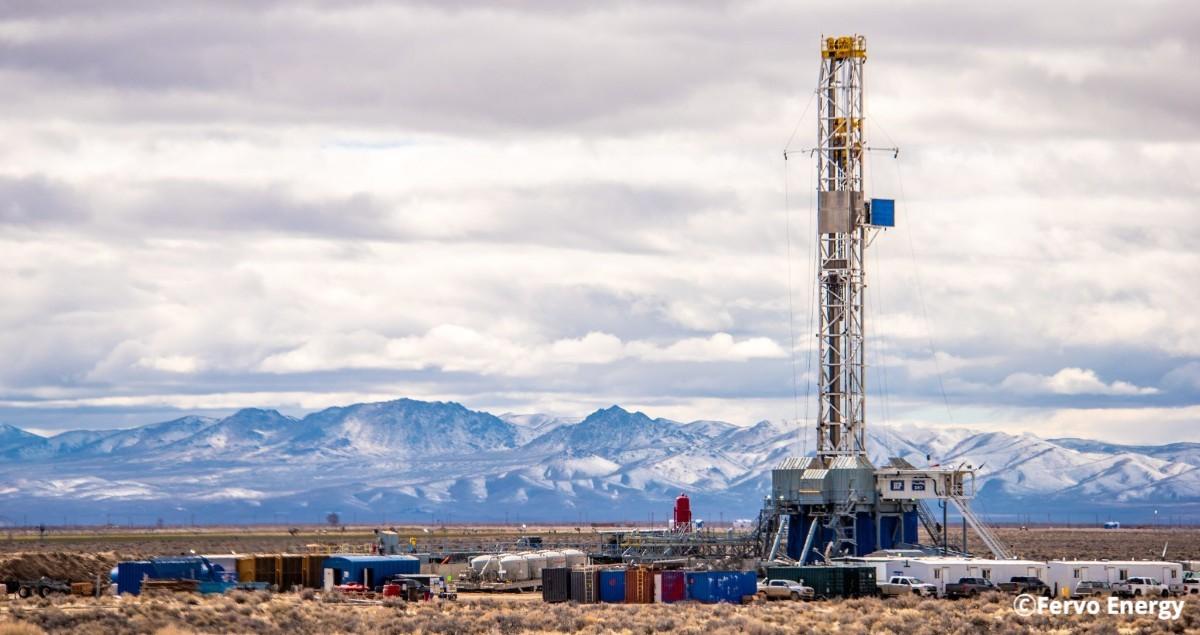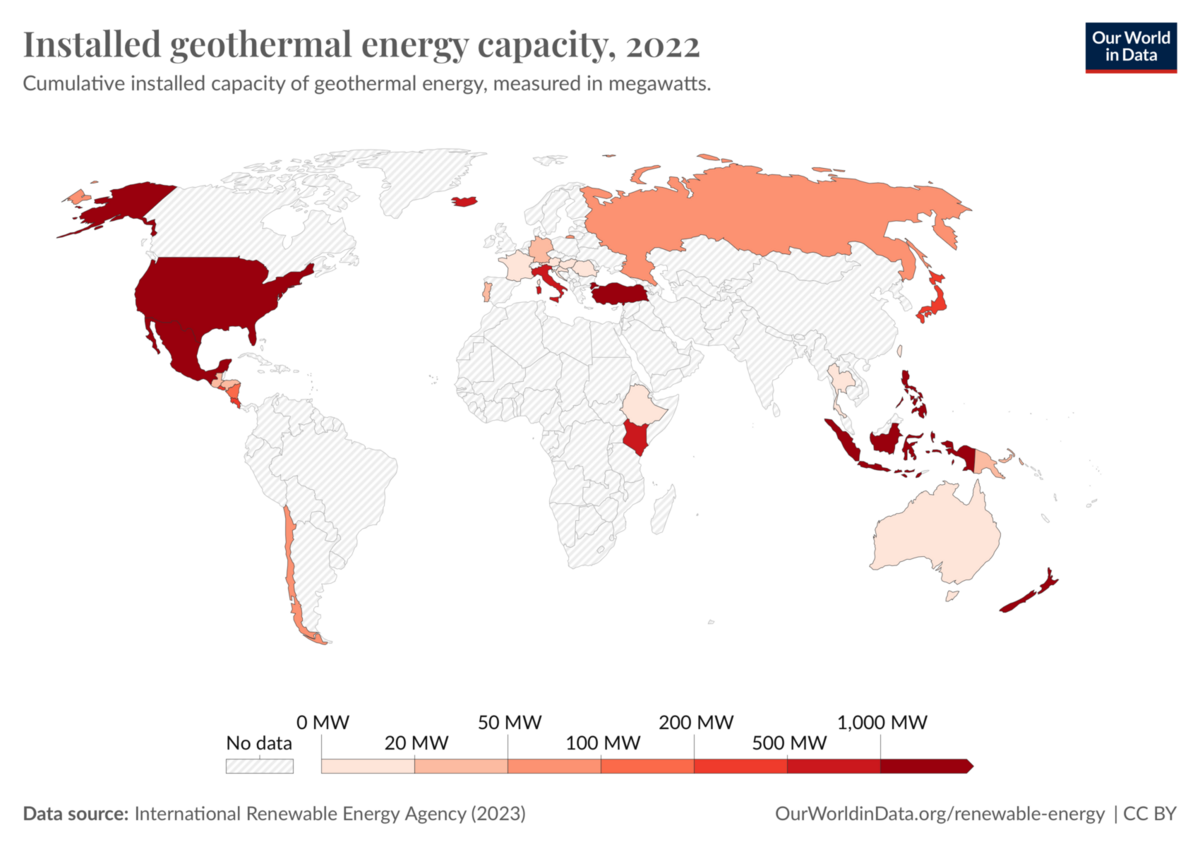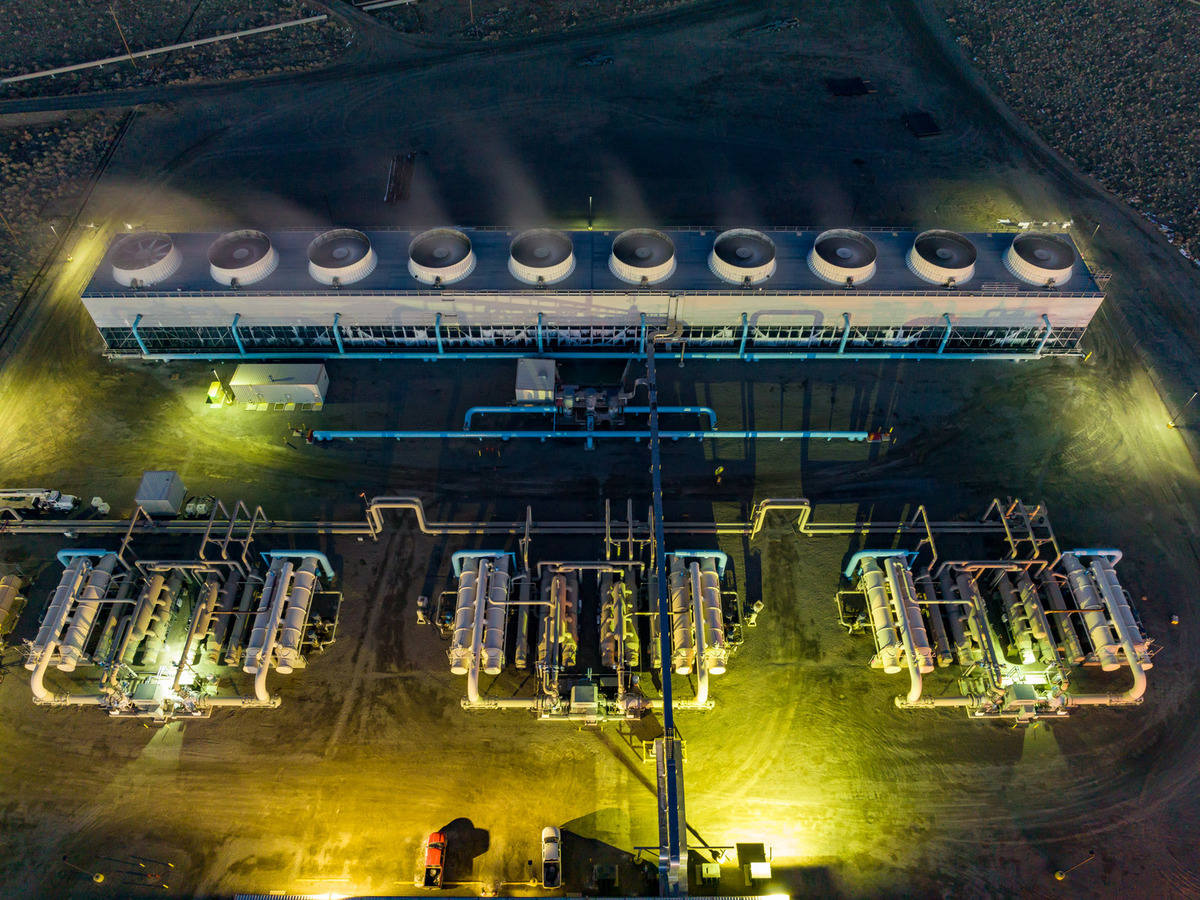How to harness and enhance geothermal power in the US

Geothermal energy, which harvests the Earth’s natural heat, could meet the total global energy demand twice over, according to academic projections.
Geothermal power generation is well-established as a source of renewable baseload power. However, it has historically been limited to areas with high tectonic activity — often near volcanoes — where resources are easily accessible.
Geothermal has much broader potential beyond those sweet spots, but accessing its sub-surface heat has proved challenging, hampered by both technology and cost. Therefore, geothermal makes up less than 0.5% of the installed capacity for renewable electricity globally. The US has a large share of the global total, but even then, only 0.4% of US energy demand is currently met by geothermal.
The advent of enhanced geothermal systems (EGS) could change this markedly, with the US government and its agencies supporting EGS development.

What are enhanced geothermal systems?
Conventional geothermal systems generate energy by circulating water through permeable rocks deep underground, where it captures the surrounding heat. The water turns into steam that is extracted through a well and drives a turbine to generate electricity.
These systems rely on natural fractures in the rock that water can run through. However, there are many areas around the globe where the rock holds sufficient heat but is not permeable enough — or is simply out of reach of conventional extraction methods.
This is where EGS comes in.
EGS can enable access to geothermal sources that had previously been impossible or unviable to exploit. While experiments with EGS date back to the 1970s, recent technological advances have brought it into the spotlight.
It works by pumping high pressure fluids into the rock to fracture it and make it permeable, an approach pioneered in shale gas extraction by hydraulic fracturing or ‘fracking’. However, technological innovation to make new deposits available for heat extraction goes even further.

Repurposing innovations from the oil & gas industry in EGS
One of the companies driving renewed interest in EGS is Fervo Energy, which counts Mitsubishi Heavy Industries (MHI) among its investors. The company has adapted technology from the oil & gas sector to improve geothermal system performance and well design.
Fervo has taken a new approach to the conventional way of harnessing geothermal power. These include precision directional drilling, which enables drilling sideways into geothermal repositories that would have been inaccessible by traditional vertical drilling. The technique also allows Fervo to drill multiple wells from the same location, reducing footprint on the surface as well as risks associated with drilling.
In addition, fiber-optic cables deployed in the wells provide high-resolution images and real-time data to find the best resources and optimize fluid flow through the reservoir, raising subsurface efficiency.
When geothermal energy is converted into electricity using organic rankine cycle (ORC) technology from MHI Group company Turboden, no carbon dioxide is emitted, and all water is reinjected into the ground.

Managing risks and opportunities for EGS
Fervo Energy has a new greenfield project underway.
Project Red was launched in Nevada in 2021. Since late last year, it has been helping to power the grid that serves Google’s data centers in Nevada, supporting the company’s goal of running entirely on carbon-free energy by 2030. Fervo recently announced that zero thermal decline has been observed over 10 months at Project Red, a critical step in mitigating risks and demonstrating the long-term viability of geothermal energy.
Now they are building Cape Station, a 400 MW project in Utah, launched in June 2023. Since then, 15 wells have been drilled — one of them in just 21 days, a 70% reduction in drilling time from Project Red. These practical efficiencies have translated into significant cost reductions, lowering the cost per well from $9.4 million to $4.8 million. Fervo is partnering with Turboden to supply power plant equipment for the initial 90 MW phase of the Cape Station project. This includes the installation of three generators with six ORC turbines. Manufacturing of this equipment is already underway.
Fervo Energy’s innovation focus also includes managing the risks associated with EGS. For example, the company uses simple injection fluids such as water to prevent chemicals from contaminating underground rocks and aquifers. Similarly, it strives to rule out the risk of earthquakes associated with fracking techniques by closely monitoring seismicity in collaboration with the US Geological Survey. A mitigation plan is also in place, but Fervo's operations have not triggered the plan’s threshold.
A future opportunity for the US and beyond
The US government has shown support for exploiting the country’s vast, as-yet-untapped geothermal potential. The 2021 Bipartisan Infrastructure Law has unlocked $60 million in funds for demonstrating and improving the efficacy of EGS in the US.
The Biden-Haris administration’s goal is to achieve a 90% reduction in the cost of EGS by 2035, reduce the risks and scale up the share of geothermal energy in the US energy mix.
The contribution of EGS to total global geothermal capacity is still small but, outside the US, there are also active EGS projects in countries including the UK, Australia and Japan. Support such as the US Department of Energy’s investment could boost its growth. Still, it will take collaborative effort with business end users to build supply in unison with demand.
Discover more about a clean tech innovation in Houston





